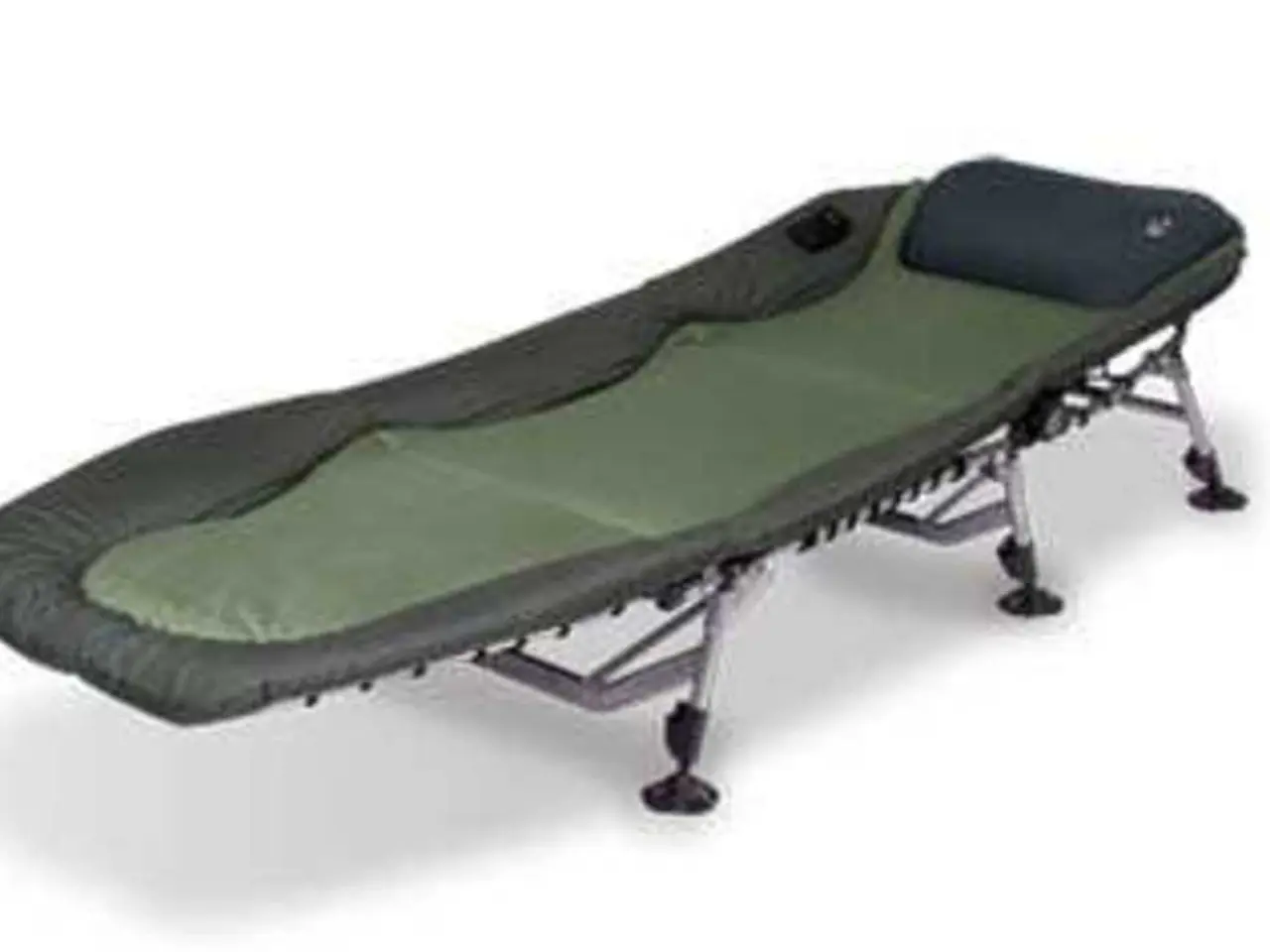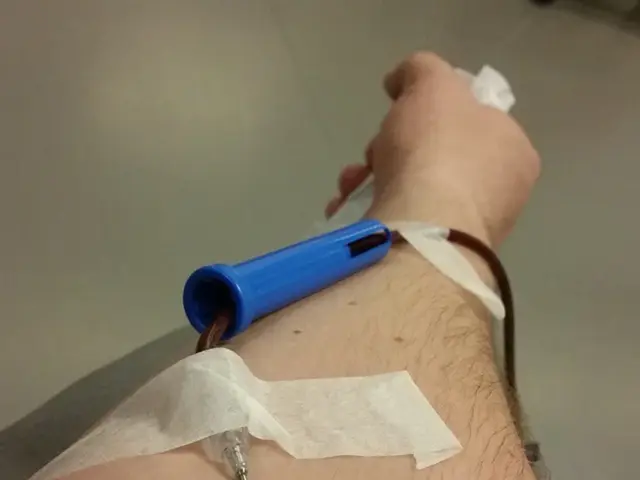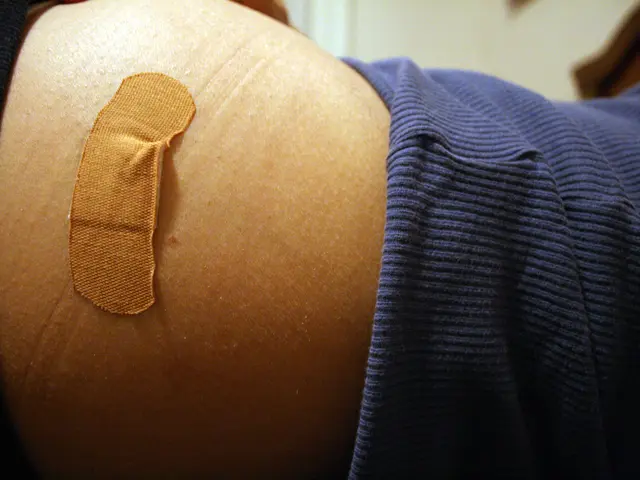Workout routines for easing peroneal tendon inflammation
Peroneal tendonitis, an inflammation of the tendons in the back of the foot, is a common issue for individuals involved in activities with repetitive ankle movements. This condition can be caused by injury, damage, or overuse, leading to inflammation and irritation.
To manage and prevent Peroneal Tendonitis, a tailored exercise and stretching program is recommended. Key exercises and stretches include:
- Eccentric peroneal strengthening: These exercises help remodel and strengthen the tendon tissue by lengthening it under tension. An example is controlled lowering of the foot from a raised position while engaging the peroneal muscles.
- Calf stretches: Improving flexibility and reducing tightness contributing to tendon stress is essential. Leaning against a wall or chair with one foot forward and holding the stretch for about 15 seconds, repeated several times, can help.
- Resistance band exercises: Using a band around the foot to resist ankle movements, such as eversion (turning the foot outward), actively engages and strengthens the peroneal muscles.
- Functional ankle stability drills: Activities like lateral jumps over small obstacles improve dynamic ankle stability and proprioception.
- Soft tissue massage: Techniques like deep tissue massage can reduce muscle tension and break down scar tissue around the tendons, enhancing circulation and healing.
- Foot and ankle mobility exercises: Exercises such as toe taps, heel raises, arch lifts, and towel scrunches strengthen intrinsic foot muscles and support ankle function.
It is crucial that exercises are done within a pain-free or minimal pain range to avoid exacerbating symptoms. A tailored program by a physiotherapist or podiatrist is ideal for addressing individual biomechanical factors and ensuring proper technique.
Stretching and strengthening the entire lower leg and ankle complex complements healing and helps prevent recurrence by addressing biomechanical contributors like overpronation or muscle imbalances.
In summary, eccentric peroneal strengthening, calf stretching, resistance band exercises, functional ankle stability drills, and soft tissue massage are recommended for managing and preventing Peroneal Tendonitis under professional guidance. Regularly stretching the calf, ankle, and peroneal muscles, wearing supportive footwear, maintaining proper form during exercises, and increasing the intensity of weight-bearing exercises gradually can help prevent Peroneal Tendonitis.
Recovery from Peroneal Tendonitis typically takes several weeks, requiring rest for the foot and possible physical therapy. If recovering from the condition, it's essential to introduce exercise and stretching slowly to avoid further damage. Stretching the tendon can help improve its elasticity and range of motion, aiding in the regaining of lost motion after injury.
As an example of an exercise, the towel stretch can be performed to help regain strength in the peroneal muscles and aid recovery from Peroneal Tendonitis. In the standing calf stretch, a person steps back into a split stance, keeping both feet flat on the ground with the toes pointing forward, and leans forward to feel a stretch in the lower part of the back leg. This cycle of stretches should be repeated 2-3 times.
People can repeat the heel raises exercise 5-10 times. To perform the standing calf stretch, a person stands facing a sturdy closed door or a blank wall, places the palms against it, slightly higher than the shoulders, and steps back into a split stance. The person then leans forward to feel a stretch in the lower part of the back leg. The stretch should be held for up to 30 seconds, and the person should repeat the exercise 2-3 times on each side.
- HIV, a viral infection, is a type of chronic disease that requires specific therapies and treatments to manage.
- Asthma, a chronic respiratory condition, can be unpredictable and require medication and lifestyle changes for effective management.
- Spondylitis, an inflammatory condition affecting the spinal vertebrae, is often associated with ankylosing spondylitis and multiple types of arthritis.
- Prep is short for pre-exposure prophylaxis, a method used to prevent HIV transmission.
- The predictive analysis of chronic diseases such as ulcerative colitis, dermatitis, sclerosis, and diabetes in science and medical fields is becoming increasingly important.
- Type 2 diabetes, a chronic health condition, can be managed through diet, exercise, and medication, including insulin.
- Science is continually exploring the link between health and wellness, fitness and exercise, cardiovascular health, and mental health.
- Therapies and treatments for chronic kidney disease, cancer, and mental health issues vary based on individual conditions and responsive to patient needs.
- Nutrition plays a significant role in managing and preventing various chronic diseases, including Type 2 diabetes and chronic kidney disease.
- Asthma, atopic dermatitis, and certain types of colitis are considered chronic inflammatory medical-conditions.
- AQ (Aeroquality) is a term used in environmental science to represent the ratio of nominally neutral chemicals in outdoor air, impacting respiratory health.
- Maintaining cardiovascular health, particularly for people with chronic diseases such as hypertension, is crucial for overall well-being.
- In addition to physical health, maintaining mental health is essential for overall health and wellness, with therapies like cognitive-behavioral therapy (CBT) and mindfulness practices being beneficial.




